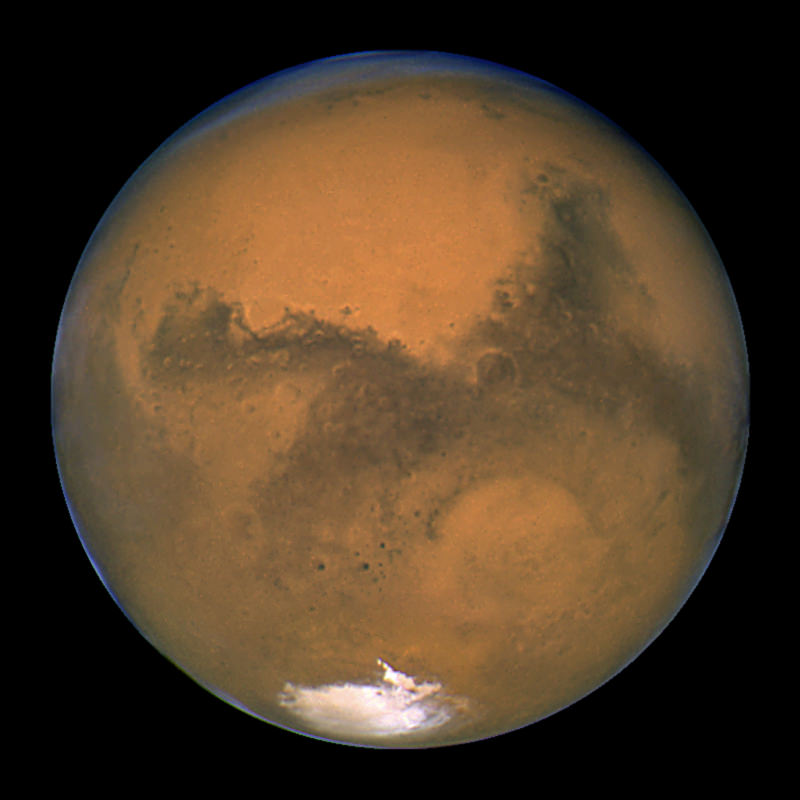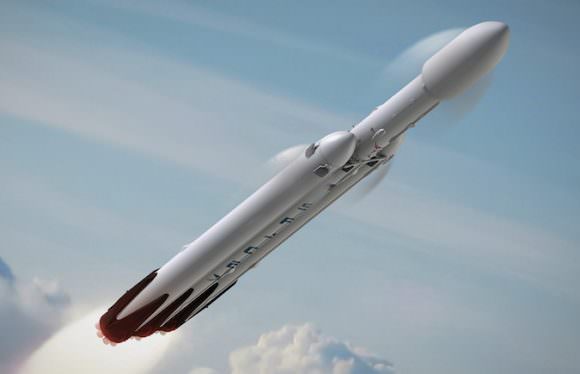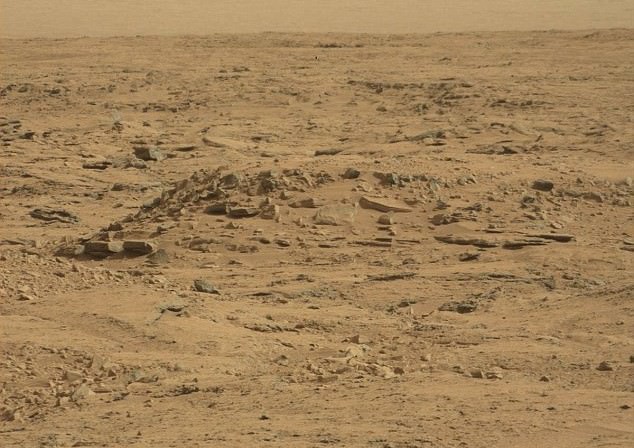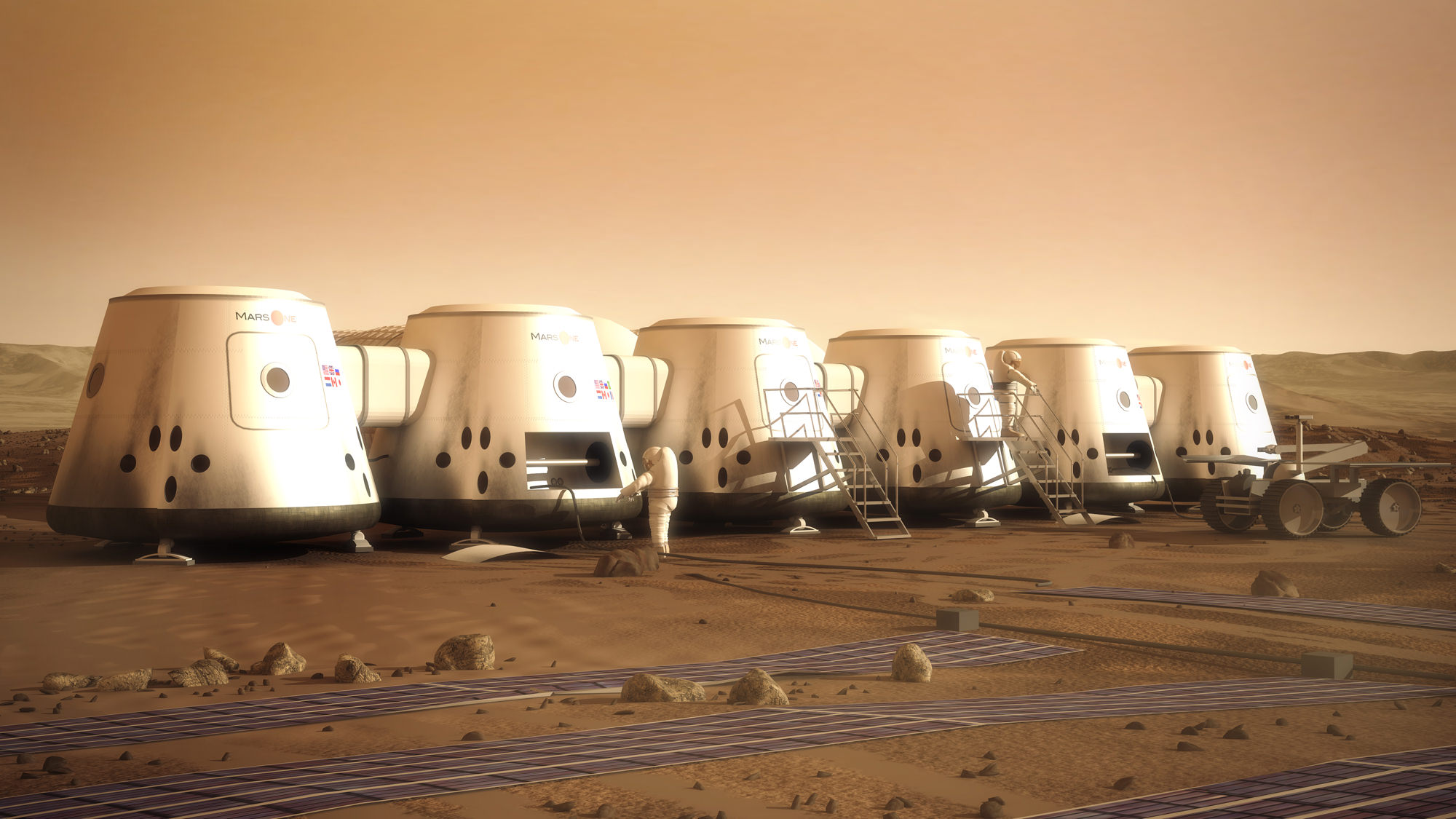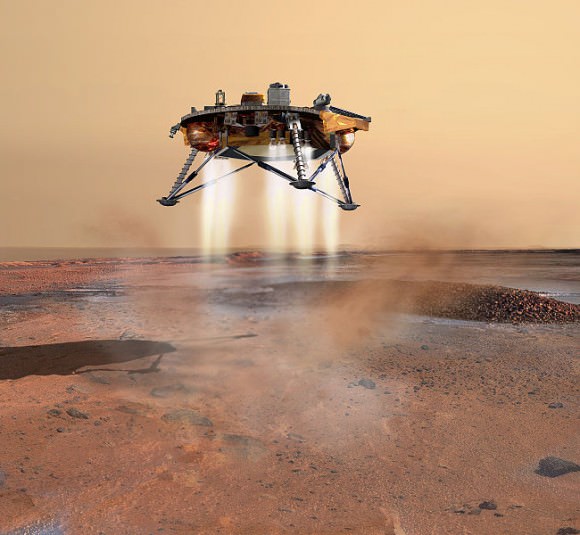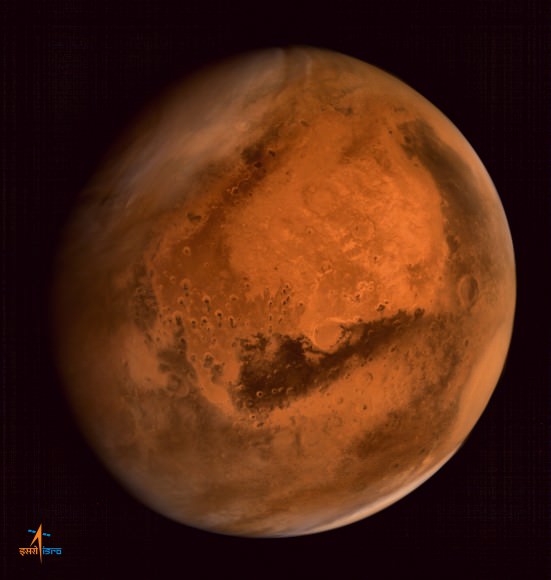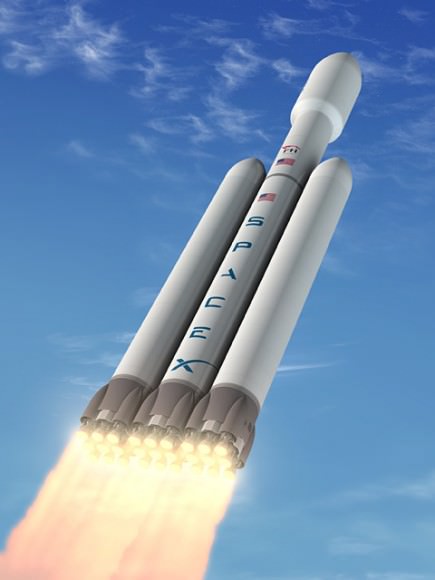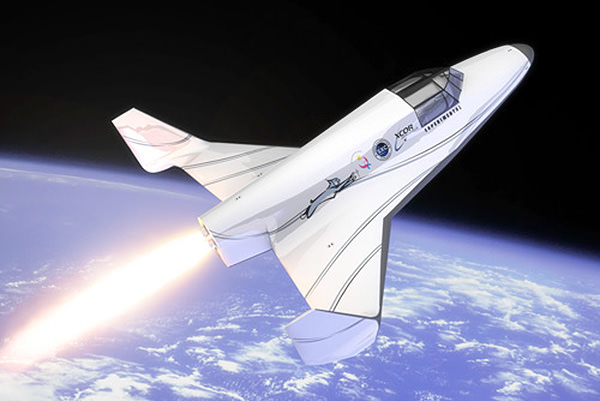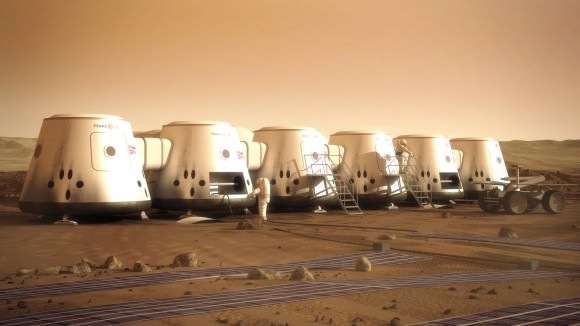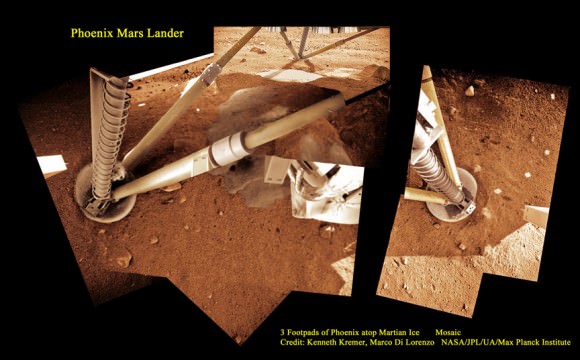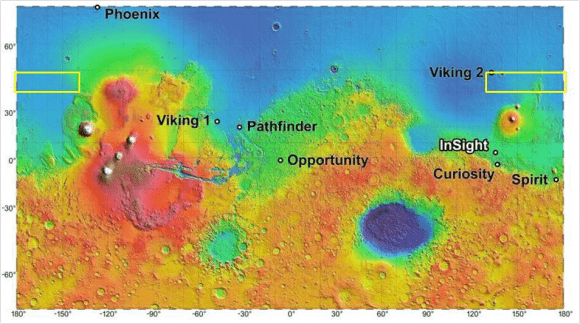“Pssst. Hey you! Want to go to Mars? No, you won’t be able to come back, you’ll die there. No, we don’t have a ship. No, we don’t have any plans for life support, or for growing food to eat while you there. But we do have our own mobile payment app!”
So goes the sales pitch from Mars One, the oddball of the space exploration world.
In a move that can charitably be described as “puzzling”, Mars One is merging with Swiss mobile payment company InFin Innovative Finance AG. InFin is a small player in a mobile payment field dominated by huge entities like Google, Apple, and Samsung. So, other than ensuring that Mars One astronauts will be able to complete their online shopping without hassle, what is behind this merger?
Money.
In case you don’t know, Mars One is the Netherlands-based company proposing to send astronauts to Mars and set up a human colony there. There would be no returning to Earth, and the “lucky” people chosen by Mars One to be the first to go, would die there. Mars One has been roundly criticized by the aerospace community at large for its lack of detail and its lack of technical capability.
This latest move is unlikely to quell any of the criticism.
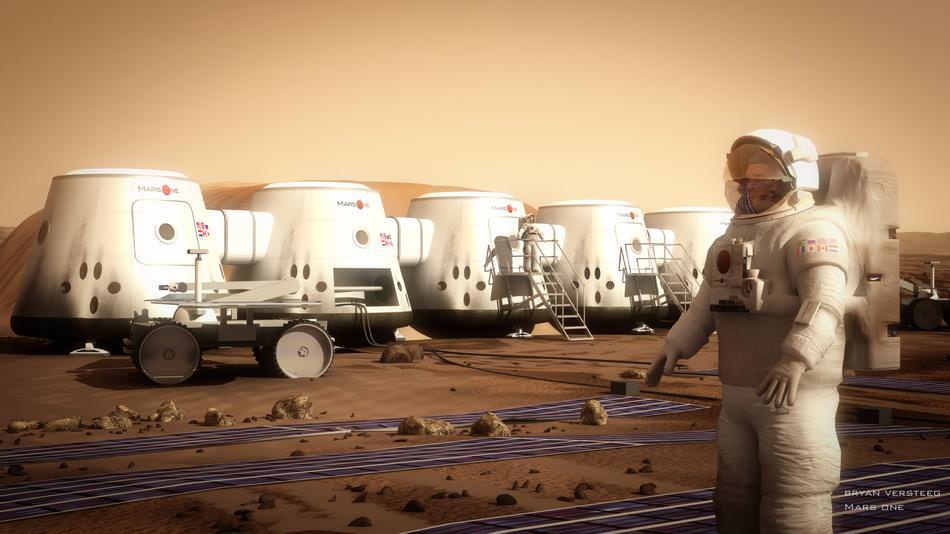
Mars One has had no problem attracting a huge number of applicants to become astronauts and colonists. Over 200,000 people applied, and that number has been whittled down to 100. They’ve been able to attract applicants, and a lot of attention, but one thing they haven’t been able to attract is money.
Mars One say they need $6 billion to establish their colony on Mars, but they’ve only raised about $1 million so far, mostly from donations, astronaut application fees, and from t-shirt sales and other merchandise. Yes, t-shirts.
“Mars One is very pleased to have been acquired by InFin. This step provides the opportunity to raise capital through the listing on the Frankfurt Stock Exchange.” – Bas Lansdorp
Clearly, Mars One needs cash, and this merger gives Mars One access to capital. You see, InFin is traded on the Frankfurt Stock Exchange, and once the two entities have merged, Mars One will be publicly traded. It’s difficult to see how any institutional investors would ever go anywhere near Mars One stock, but it may be an investment for novelty-seekers, space enthusiasts, or true believers. Who knows?
In a press release, Mars One CEO and co-founder Bas Lansdorp said “This listing also supports our aim to attract international support to establish a permanent human settlement on Mars: our global followers will have the opportunity to be part of this adventure and to literally own a piece of this historic venture.”
A cynic might say that Mars One was just created by Lansdorp as a way to generate some cash from the interest surrounding human travel to Mars. This latest move just adds to the cynicism, since there’s no apparent synergy between a space travel company and a mobile payment company.
If the fact that they sell t-shirts to raise money for their Mars colony doesn’t make you question how capable and serious Mars One is, then this latest move surely will.
Or, maybe we’re being too hard on Mars One. It’s not like NASA or the ESA has ever inspired a line of clothing, or an opera.
Maybe Mars One is an innovator, and is thinking outside the box. Just because space exploration has always been done one way, doesn’t mean it can’t be done in another. Maybe in the final analysis, Mars One will be a successful endeavour, and will show others how unorthodox approaches can work. Only the future knows, and we’re still waiting for the future to tell us.
In the meantime, want to buy a t-shirt?


